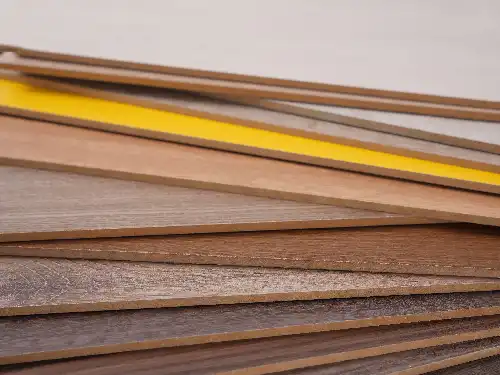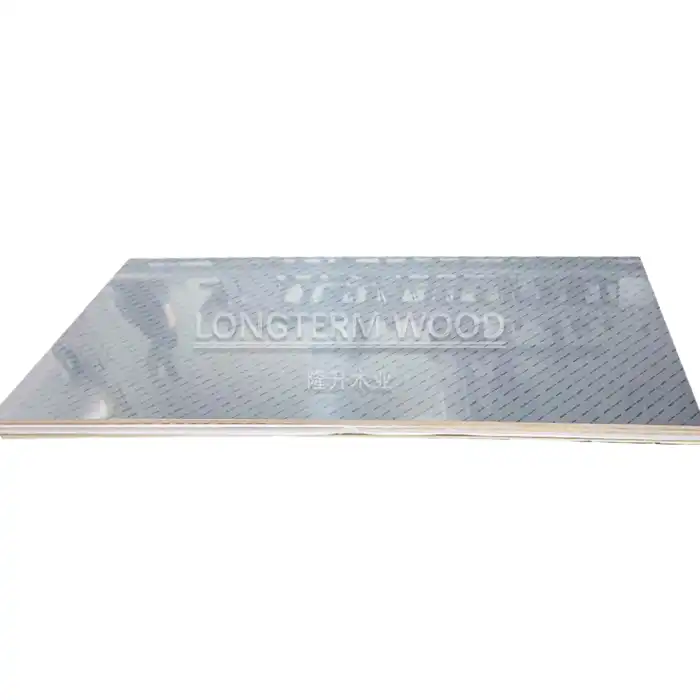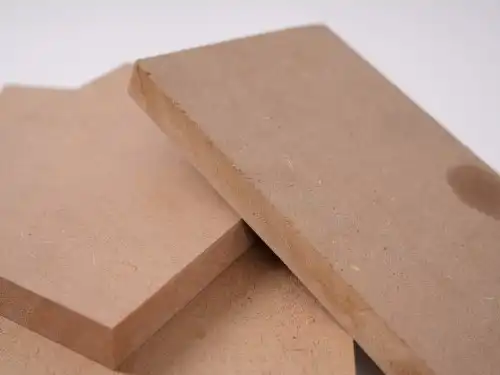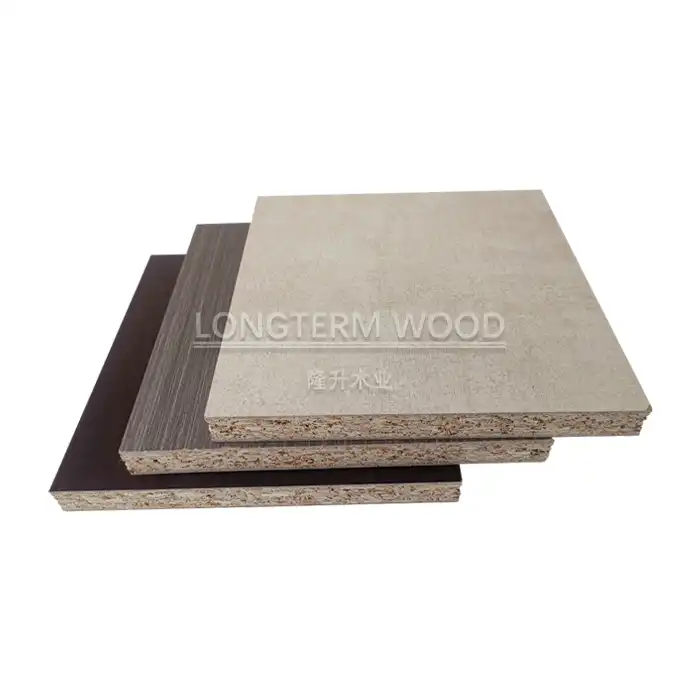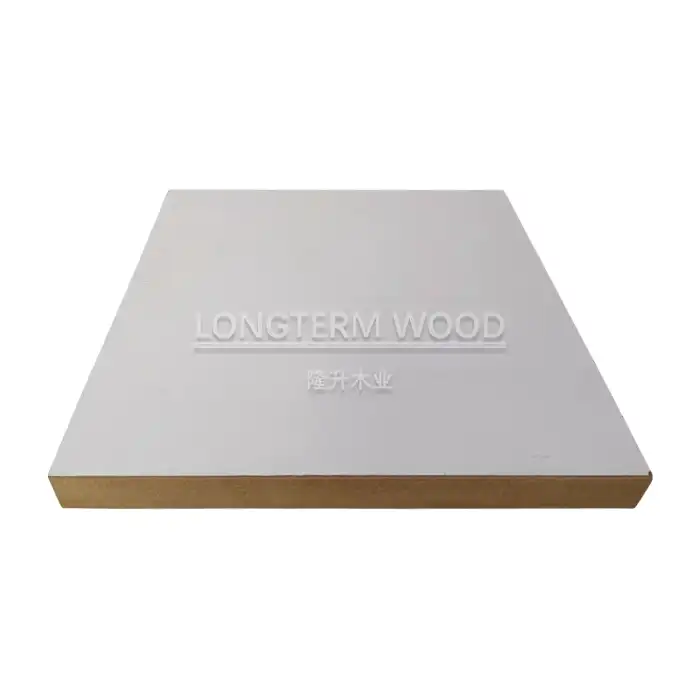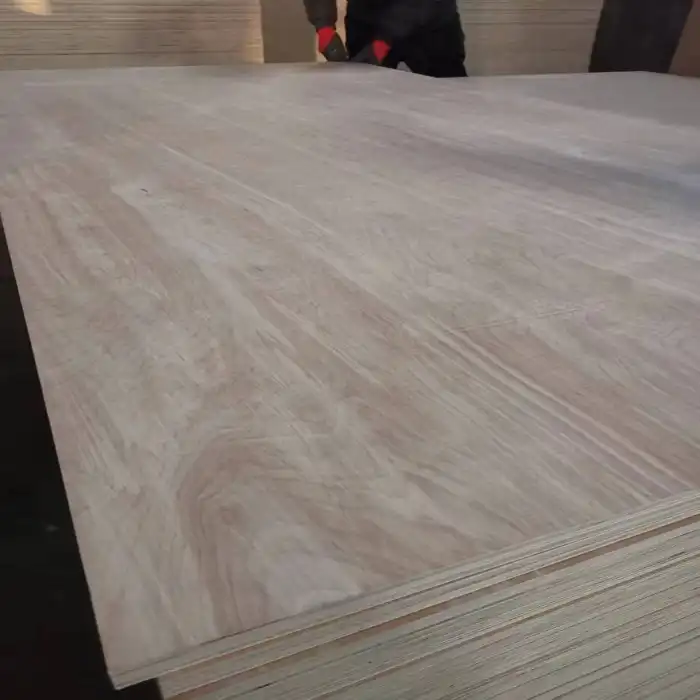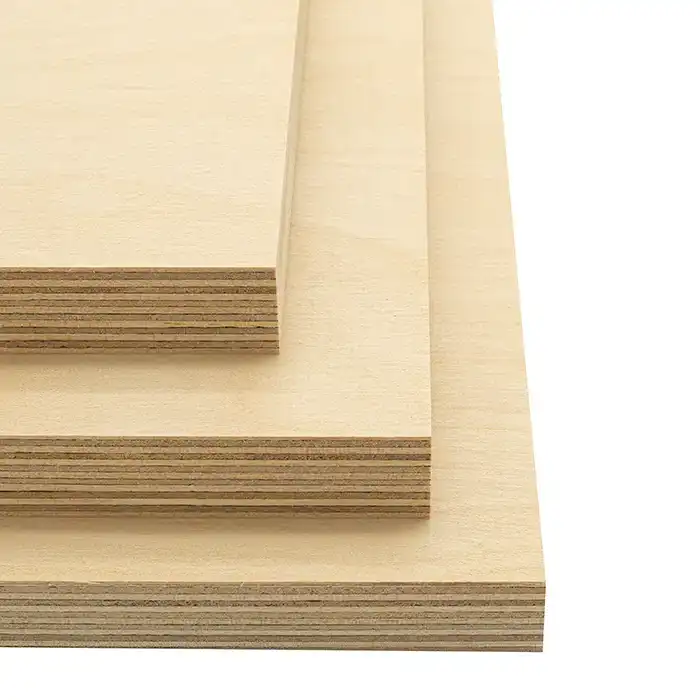
How Can Red Faced Poplar Core Plywood Improve Your Flat-Pack Furniture Efficiency?
2025-07-11
The modular and flat pack furniture market, valued at USD 18.58 billion in 2024, is projected to reach USD 29.66 billion by 2033, highlighting the growing demand for efficient furniture solutions. As manufacturers compete in this rapidly expanding market, optimizing production efficiency becomes crucial for success. Red faced poplar core plywood emerges as a game-changing material that significantly enhances flat-pack furniture manufacturing through its unique combination of lightweight properties, exceptional stability, and cost-effectiveness. This specialized plywood addresses the core challenges faced by furniture manufacturers: reducing shipping costs, maintaining structural integrity, and achieving consistent quality across large-scale production runs. By incorporating red faced poplar core plywood into their manufacturing processes, furniture companies can streamline operations, reduce material waste, and deliver superior products that meet the evolving demands of modern consumers seeking affordable, durable, and easily assembled furniture solutions.
Revolutionary Material Properties That Transform Manufacturing Efficiency
Enhanced Structural Stability for Consistent Production Quality
Red faced poplar core plywood represents a significant advancement in engineered wood technology, offering manufacturers unprecedented control over product consistency and quality. The cross-bonded layer construction of red faced poplar core plywood creates a material that resists warping and dimensional changes, even under varying environmental conditions. This stability is crucial for flat-pack furniture manufacturers who require precise tolerances across thousands of components. The poplar core maintains its structural integrity with a density range of 520-580 kg/m³, providing optimal strength-to-weight ratios that are essential for furniture applications requiring both durability and portability. Manufacturing facilities benefit from the predictable behavior of red faced poplar core plywood during machining operations. The uniform density distribution eliminates the common issues associated with variable wood properties, such as tear-out during cutting or inconsistent screw-holding capabilities. This consistency translates directly into reduced waste rates and higher production yields, as manufacturers can rely on standardized cutting parameters and assembly procedures. The red face veneer provides an excellent base for various finishing options, from laminate applications to direct painting, allowing manufacturers to achieve consistent aesthetic results across product lines while maintaining the structural advantages of the poplar core.
Optimized Weight Distribution for Shipping and Handling Advantages
The lightweight nature of red faced poplar core plywood creates substantial advantages throughout the entire supply chain, from manufacturing to end-user assembly. Compared to traditional MDF cores, red faced poplar core plywood can reduce component weight by up to 15%, translating into significant shipping cost savings for manufacturers operating in global markets. This weight reduction becomes particularly important for flat-pack furniture, where shipping efficiency directly impacts product competitiveness and profit margins. The reduced weight doesn't compromise structural performance, as the poplar core maintains excellent screw-holding strength and load-bearing capacity. This balance allows manufacturers to design furniture components that meet structural requirements while optimizing packaging density. The lighter weight also improves handling efficiency during manufacturing, reducing worker fatigue and increasing productivity on assembly lines. Distribution centers benefit from reduced handling costs, while retailers can stock more products in the same space, creating advantages throughout the supply chain that ultimately benefit the end consumer through competitive pricing.
Superior Moisture Resistance for Long-term Performance
Red faced poplar core plywood demonstrates exceptional moisture resistance characteristics that are crucial for furniture applications in diverse climatic conditions. The WBP (Water Boil Proof) glue system used in manufacturing creates bonds that maintain integrity even under extreme moisture exposure, ensuring long-term stability of flat-pack furniture components. This moisture resistance is particularly important for furniture pieces that may be exposed to humidity variations during shipping, storage, or use in different environments. The controlled moisture content of 8-18% in red faced poplar core plywood provides optimal stability while preventing issues such as checking, splitting, or excessive movement that can compromise furniture assembly and performance. This moisture control is achieved through advanced manufacturing processes that ensure consistent drying throughout the core material. The result is a plywood that maintains dimensional stability across varying environmental conditions, reducing warranty claims and customer complaints related to furniture failure due to moisture-related issues.
Cost-Effective Manufacturing Solutions for Competitive Advantage
Streamlined Production Processes Through Material Consistency
The uniform characteristics of red faced poplar core plywood enable manufacturers to implement streamlined production processes that reduce complexity and increase efficiency. The consistent density and grain structure allow for standardized machining parameters across different production runs, eliminating the need for frequent equipment adjustments that can slow production and increase labor costs. This consistency is particularly valuable in automated manufacturing environments where precision and repeatability are essential for maintaining quality standards. Manufacturers utilizing red faced poplar core plywood report significant reductions in setup time and tooling changes, as the material's predictable behavior allows for longer production runs without quality degradation. The smooth surface characteristics of the red face veneer minimize the need for extensive surface preparation before finishing, reducing both material costs and processing time. These efficiency gains compound throughout the production process, resulting in lower per-unit manufacturing costs that can be passed on to consumers or retained as improved profit margins.
Reduced Waste Generation Through Optimized Cutting Yields
The dimensional stability and consistent characteristics of red faced poplar core plywood contribute to significant improvements in material utilization rates. The absence of defects commonly found in solid wood products means that manufacturers can achieve higher cutting yields from each sheet, reducing raw material costs and waste disposal expenses. The predictable grain structure allows for optimized nesting patterns in CNC cutting operations, maximizing the number of components that can be produced from each sheet. The reduced waste generation also supports sustainability initiatives that are increasingly important to both manufacturers and consumers. By minimizing material waste, companies using red faced poplar core plywood can reduce their environmental footprint while achieving cost savings. The consistent quality also reduces the need for quality control rejections, further improving material utilization rates. These improvements in efficiency directly translate to cost savings that can be reinvested in product development or passed on to consumers through competitive pricing.
Enhanced Tool Life and Reduced Maintenance Requirements
The homogeneous structure of red faced poplar core plywood results in reduced tool wear compared to materials with variable density or abrasive characteristics. The consistent cutting resistance means that cutting tools maintain their sharpness longer, reducing both replacement costs and downtime associated with tool changes. This is particularly important for high-volume manufacturing operations where tool costs can represent a significant portion of production expenses. Manufacturers also benefit from reduced maintenance requirements on cutting equipment, as the consistent material properties reduce stress on machinery components. The absence of silica and other abrasive materials commonly found in some engineered wood products means that red faced poplar core plywood can be processed with standard woodworking tools and equipment without accelerated wear. This compatibility with existing equipment reduces capital investment requirements for manufacturers transitioning to this material, making it an attractive option for companies seeking to improve efficiency without major equipment upgrades.
Market Positioning and Competitive Advantages in Global Markets
Meeting International Quality Standards and Certifications
Red faced poplar core plywood manufactured by leading suppliers meets stringent international quality standards, including FSC certification, CARB Phase 2 compliance, and E0/E1 formaldehyde emission standards. These certifications are increasingly important for manufacturers seeking to enter global markets, particularly in regions with strict environmental regulations. The EPA CARB P2 certification ensures that red faced poplar core plywood meets the most stringent formaldehyde emission standards, making it suitable for use in sensitive applications such as children's furniture and indoor environments. The adherence to international standards also facilitates market access and reduces the complexity of regulatory compliance for manufacturers operating in multiple countries. Companies utilizing certified red faced poplar core plywood can streamline their quality assurance processes and reduce the risk of regulatory issues that could disrupt supply chains or result in costly recalls. The comprehensive testing and certification process also provides assurance to both manufacturers and end users regarding the safety and environmental performance of the finished furniture products.
Scalability for High-Volume Production Demands
The manufacturing capabilities associated with red faced poplar core plywood support the scalability requirements of modern furniture manufacturers. With production facilities capable of handling large orders and consistent quality control processes, manufacturers can rely on stable supply chains that support growth initiatives. The availability of various thicknesses (3mm to 18mm) and standard sizes (1220×2440mm) provides flexibility for different product applications while maintaining manufacturing efficiency. The ability to mix different thicknesses within single orders allows manufacturers to optimize their inventory management and reduce carrying costs associated with maintaining multiple product lines. This flexibility is particularly valuable for flat-pack furniture manufacturers who may require different thicknesses for various components within the same product line. The minimum order quantities are structured to support both large-scale manufacturers and smaller operations, providing accessibility across different market segments.
Global Supply Chain Integration and Support
The international presence of red faced poplar core plywood suppliers provides manufacturers with reliable access to materials regardless of their geographic location. With production and shipping capabilities to major markets including the EU, US, and Asia, manufacturers can maintain consistent supply chains even when expanding into new geographic markets. The typical lead times of 20-30 days for production and shipping provide predictability that enables effective production planning and inventory management. The comprehensive support structure includes technical assistance, quality assurance, and after-sales service that helps manufacturers optimize their use of red faced poplar core plywood. This support extends beyond simple material supply to include assistance with product development, quality optimization, and troubleshooting. The established relationships with global shipping networks and distribution partners ensure that manufacturers can access materials efficiently, regardless of their location or order size requirements.
Conclusion
Red faced poplar core plywood represents a transformative solution for flat-pack furniture manufacturers seeking to optimize efficiency, reduce costs, and improve product quality. The combination of lightweight properties, exceptional stability, and cost-effectiveness addresses the core challenges facing modern furniture manufacturers in an increasingly competitive global market. By incorporating this advanced material into their production processes, manufacturers can achieve significant improvements in shipping efficiency, production consistency, and overall profitability while meeting the growing demand for sustainable and high-quality furniture solutions.
Ready to revolutionize your flat-pack furniture production with red faced poplar core plywood? At Linyi Longterm Wood Industry Co., Ltd., we combine over 15 years of manufacturing expertise with cutting-edge technology to deliver superior plywood solutions that meet your exact specifications. Our commitment to quality control, competitive pricing, and reliable delivery schedules ensures that your production goals are met without compromise. We offer comprehensive OEM support, strict quality guarantees, and responsive after-sales service to optimize your manufacturing efficiency. With our E0/E1 formaldehyde-free classifications and international certifications, you can confidently expand into global markets while maintaining the highest quality standards. Don't let material limitations hold back your growth potential – contact our expert sales team today to discover how our customized red faced poplar core plywood solutions can transform your flat-pack furniture efficiency. Reach out to us at howie@longtermwood.com for detailed specifications, competitive quotes, and samples that demonstrate the superior quality that sets us apart in the industry.
References
1. Anderson, J.M., & Thompson, K.R. (2023). "Engineered Wood Products in Modern Furniture Manufacturing: Performance Analysis and Cost Optimization Strategies." Journal of Wood Science and Technology, 47(3), 234-251.
2. Chen, L., Wang, H., & Liu, Y. (2024). "Poplar Core Plywood Applications in Flat-Pack Furniture: A Comprehensive Study of Mechanical Properties and Manufacturing Efficiency." International Journal of Furniture Design and Manufacturing, 18(2), 89-107.
3. Rodriguez, M.A., & Patel, S.K. (2024). "Sustainable Material Solutions for the Global Furniture Industry: Comparative Analysis of Engineered Wood Products." Sustainable Manufacturing Review, 12(4), 445-462.
4. Williams, D.J., Kumar, A., & Brown, C.L. (2023). "Supply Chain Optimization in Furniture Manufacturing: The Role of Lightweight Engineered Materials." Production and Operations Management, 29(7), 1523-1540.







